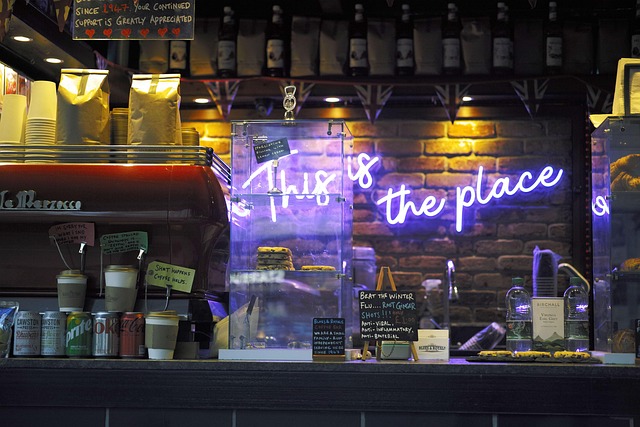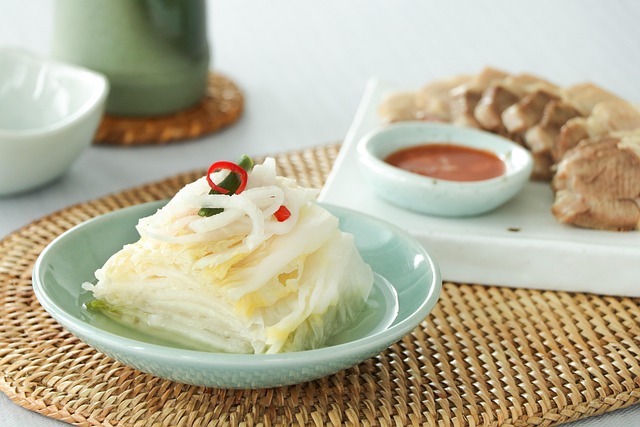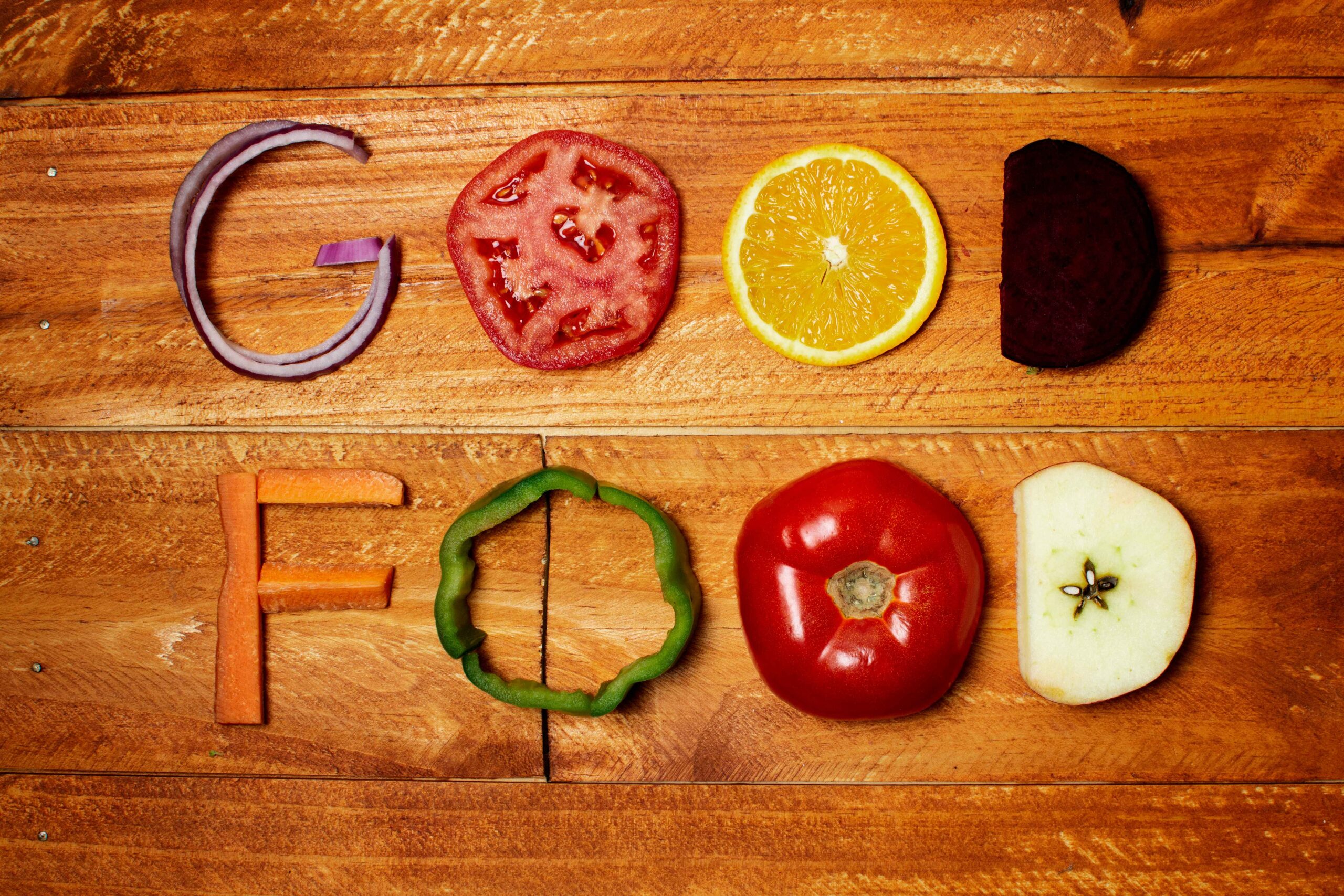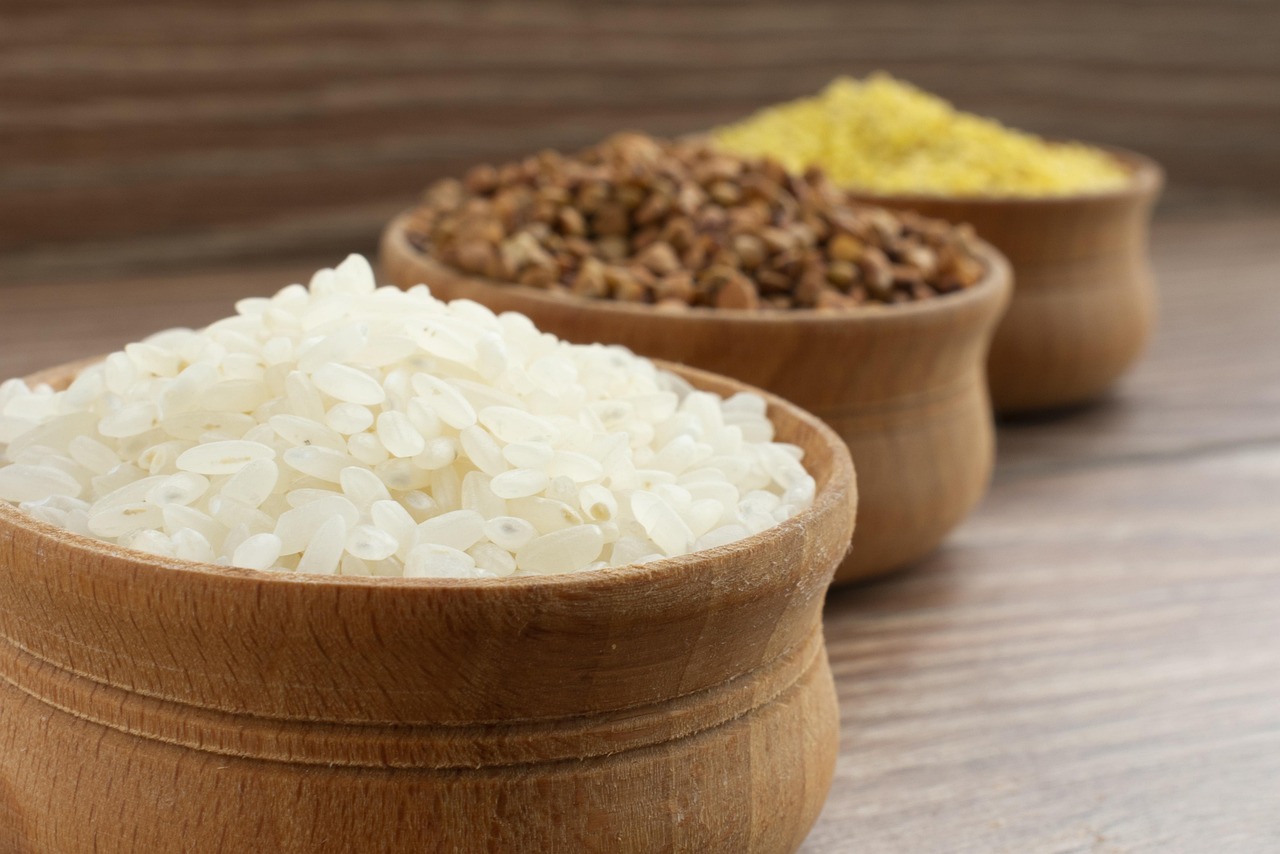Introduction: Why Do We Depend on Road Food?
Whenever people travel, the first question that comes up after planning routes is about food. Road food is not just about filling your stomach; it is part of the entire journey. From highway stalls and bus stop vendors to petrol station shops and local dhabas, these foods create a story of the road itself. Yet, many of us do not stop to think about whether these meals are safe, healthy, or worth the risk.
Eating on the road has become more than a habit—it is almost a culture. Some foods refresh you instantly and make the trip exciting, while others can leave you with stomach troubles or fatigue. That’s why understanding road food is important. It can either make your journey smooth or turn it into a stressful experience.
Why Road Food Is a Traveler’s Friend and Foe
One of the strongest appeals of road food is convenience. You don’t need to wait long or spend much. A hot snack or cold drink is always nearby, whether on highways or inside cities. Many of these items are filling, tasty, and connected to local traditions. They give you a chance to taste something new, which is one of the best parts of traveling.

But convenience can sometimes come at a cost. Many roadside stalls reuse oil, store food in unsafe conditions, or leave items uncovered. This makes food contamination a real risk. Stomach infections, dehydration, or food poisoning are common problems linked to unhygienic road food. The wrong choice can leave you feeling weak and unable to continue your journey.
“The best road trips are fueled by good choices, not just quick bites.”
Types of Road Food You Commonly Find
Across different regions, road food usually falls into two categories: freshly-made street food and packaged snacks. Fresh items include things like hot fritters, wraps, roasted corn, or fruit bowls. These often carry local flavors, but their safety depends on how clean the vendor is. Packaged snacks like chips, biscuits, or bottled juices are easier to trust when it comes to hygiene, though they usually have high sugar, salt, or preservatives.
Travelers also notice cultural specialties. In India, tea stalls and parathas dominate the highways. In the U.S., beef jerky, granola bars, and sandwiches are the go-to snacks. In Europe, croissants, pastries, and coffee are road favorites. Each country adds its own taste to road food, making it both exciting and risky if you’re not careful.
“Every road has its flavor, but not every flavor is safe to eat.”
More Read About: How-To-Guide to Master Baddiehhb (2025)
Fresh vs Packaged Road Food
| Feature | Fresh Street Food | Packaged Snacks |
| Taste | Unique, cultural, freshly prepared | Familiar, standardized |
| Hygiene Risk | Depends on vendor; often high | Safer, but storage matters |
| Nutrition | Can be healthy if fruits/boiled food | Often high in salt, sugar, and preservatives |
| Convenience | Needs preparation and waiting | Ready-to-eat, portable |
| Examples | Roasted corn, wraps, fresh juices | Crackers, protein bars, bottled water |
The Health Risks Hidden in Road Food
One of the biggest concerns with road food is foodborne illness. Open stalls are exposed to dust, flies, and unsafe water. Many vendors cook with reused oil or store leftovers overnight, which increases the chance of contamination. This can lead to diarrhea, food poisoning, or stomach cramps—problems that ruin any travel plan.
Another risk comes from junk snacks. High-salt chips, sugar-loaded drinks, and fried foods may feel satisfying at first but cause heaviness, tiredness, and dehydration. Long-term, these choices can impact health more seriously. For travelers with diabetes, high blood pressure, or heart problems, such food can be even more harmful.
Safer Road Food Choices for Every Traveler
It’s possible to enjoy road food without falling sick if you make smart decisions. First, always check if the stall looks clean. A busy shop with fresh turnover is usually safer than a quiet one with old stock. Second, never drink water or juices from uncovered containers. Stick to bottled water, sealed drinks, or carry your own flask.

Another smart option is to pack your own travel snacks. Boiled eggs, nuts, fruit slices, and sandwiches made at home are not only safe but also cheaper. Carrying a reusable water bottle is equally important to avoid dehydration. Making such small adjustments can protect your health and keep your journey stress-free.
Safer vs Riskier Road Food
| Category | Safer Options | Riskier Options |
| Snacks | Fresh fruit, nuts, boiled eggs | Old fried snacks, oily samosas, burgers |
| Drinks | Bottled water, coconut water, hot tea | Soda, uncovered juices, energy drinks |
| Meals | Homemade wraps, rice bowls, parathas | Reheated curries, meat stored overnight |
The Cultural Side of Road Food
Road food isn’t only about hunger—it’s about culture and memory. Sharing tea at a roadside stall, tasting a regional dish, or eating freshly roasted corn can become a highlight of the trip. These moments help you connect with people and places in a way that formal restaurants often cannot.

Still, culture should not blind you to safety. Just because something is “authentic” does not mean it is safe to eat. Travelers can enjoy local dishes while still being selective. If you see clean cooking, fresh ingredients, and quick preparation, it’s worth trying. If not, it’s better to skip it and find a safer alternative.
“Travel is about stories, and the safest food creates the happiest ones.”
Practical Tips for Safer Eating on the Road
- Carry your own small snack box with fruits, nuts, and protein bars.
- Drink only bottled or filtered water, not roadside refills.
- Choose stalls with good crowd turnover, meaning fresh cooking.
- Avoid raw salads unless you trust the hygiene.
- Limit fried foods, especially during long trips.
These small actions add up. Not only do they protect your health, but they also help you stay active and fresh throughout the journey. Safe road food is not about avoiding everything but about making smart, balanced decisions.
“A little care in choosing food saves a lot of trouble later.”
Conclusion: Road Food as a Smart Travel Skill
Road food will always remain part of every journey, whether it’s a short commute or a long road trip. It brings joy, convenience, and cultural taste, but it also carries risks. The key is to treat road food not just as a quick bite but as a decision that affects your health and comfort.
By preparing some of your own snacks, choosing cleaner vendors, and staying mindful of what you eat, you can enjoy the best of both worlds—local flavors and safe eating. Think of road food as a skill you practice. The more aware you are, the better your trips will be.
FAQs About Road Food
Q1. What is the safest road food to eat?
Fruits, nuts, boiled eggs, and packaged protein bars are usually the safest choices.
Q2. How do I know if street food is safe?
Look for clean stalls, busy vendors, and food that is freshly cooked in front of you.
Q3. Can road food cause food poisoning?
Yes, especially if it’s cooked in dirty oil, stored for too long, or exposed to flies and dust.
Q4. What drinks are best during road trips?
Bottled water, coconut water, and hot tea are safer than soda or roadside juices.
Q5. Why is road food important in travel culture?
It connects you to local flavors, traditions, and people, making the trip more memorable.
Share this content:



![Unbreakable Bond: Intimate Look at Enduring Ken Dudney Family Legacy [2024] Ken Dudney family](https://streameastbaddiehub.com/wp-content/uploads/2025/10/portrait-affectionate-loving-family_11zon-150x150.jpg)







